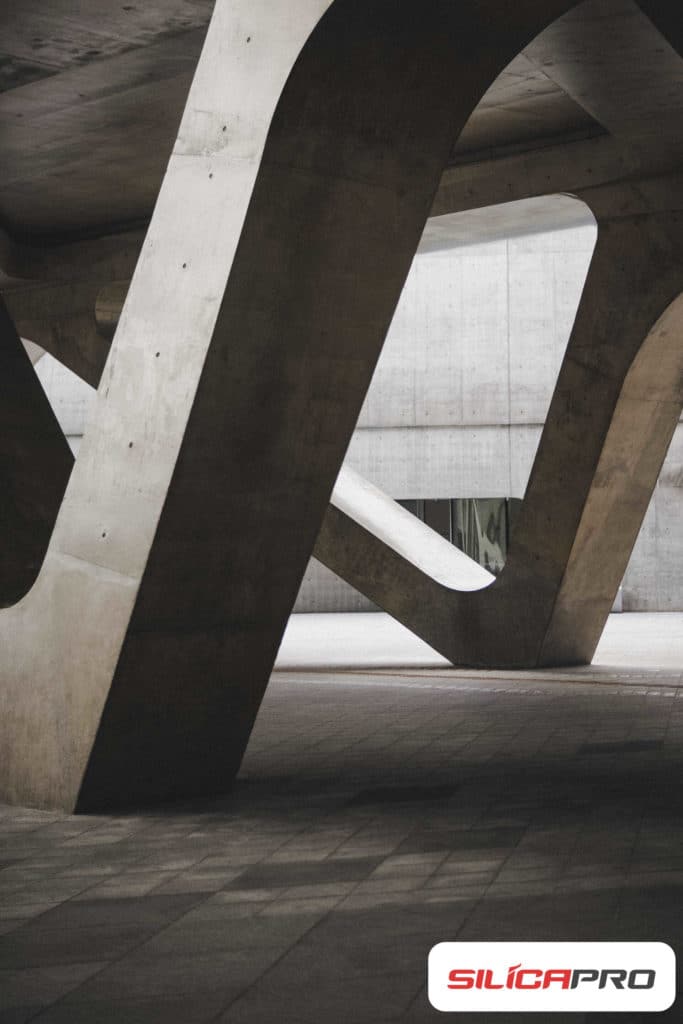
Fiber-reinforced concrete is the main topic that we will discuss this time. If in the previous review you got a lot of information about what fiberglass is, here we will delve deeper into mixing it with other materials, in this case, concrete. One application of this composite can be used as a decoration object, of course, this will be a pretty interesting discussion. So, what are you waiting for? Let’s check it down below!
Contents
Why We Should Apply Fiber Reinforced Concrete?
Concrete is a material that is commonly used in building construction activities. This is because concrete has a very strong compressive strength. However, one disadvantage of concrete is its very low tensile strength, which is only 1/20 of its compressive strength. Well, to increase the attractiveness of concrete, one of them is to add glass fiber into it.
Fiberglass mixed into the concrete-making material will cause flexural stress due to the presence of additional fibers. This fiberglass is in the form of a liquid that can be drawn into thin strands like thread, then added with polyester resin to bond together. The tensile strength of fiberglass itself can reach 3450 Mpa and has corrosion-resistant properties.
So, Fiber reinforced concrete, is a composite between the constituent materials of concrete with a mixture of fiberglass. This material has produced many products over the past 30 years in various industries, including as part of decoration. Recently, craftsmen began to apply it to the manufacture of domes, fountains, sculptures in the garden, fireplace tables to artificial stone.
Mixing Fiber Reinforced Concrete
Mixing fiber-reinforced concrete is different from mixing fiber concrete in general. Because there is no coarse aggregate in the mixture, but only fine sand, cement, fiberglass, and chemicals to help the hardening process.
As a binder, the type of resin used is made of basalt, polypropylene, polyvinyl acetate, or hemp. Mixing this composite takes quite a long time even up to hours. Each batch must be measured and weighed in detail to ensure the consistency of the quality is perfect.
If you also want to try mixing concrete with fiberglass, you can get the best quality fiberglass from our company, SilicaPro. Our company has various types of fiberglass raw materials, either in the form of powder, rolls, or sheets. You can contact us if you are interested in cooperating to supply this fiberglass material and we will serve you to consult about this.
Method of Making Fiber Reinforced Concrete
Three ways can be done to make a decorative element using fiber-reinforced concrete, including:
First, by using the traditional hand spray-up method, by manually spraying fiber-reinforced concrete liquid into the mold. For this step, a concentric chopper gun is required and is more suitable for application to large molded panels. This method is 4 – 6% more effective than the others.
Second, using vibration casting. The composite fiber-reinforced concrete mixture that has been mixed is poured into the mold and vibrated until it is consolidated. This method is indeed much simpler and does not require special tools. However, the prints used must be waterproof to print properly and perfectly.
Third, with a sprayed premix. This method requires a peristaltic pump with a special spray head. It also requires expertise in operating it, because it will produce high strength and this is not as easy as using hand spray.
How to Make Fiber Reinforced Concrete in Decorative Application

If we have discussed the methods used in the manufacture of fiber-reinforced concrete above, now here we will discuss how we apply them to the decorative product, including:
Architectural panel creation
In this case, architectural panels are usually printed with various linear shapes. Then, the surface is polished with gray and white sand or cement.
Become a certain ornament piece
The trick is to shoot or cast using white or light cement. Ornamental pieces in the form of stone or clay must also consider the difference in shrinkage that may occur.
As a fireplace table
Usually made using a face coat with solid colors. Then the surface is given a layer to make it look shiny.
Manufacture of artificial stone
Usually made by hand spraying on molds made of stone. The first layer that is sprayed does not contain fiberglass to keep it sculpted, so this composite is only added to the core. Then, after sculpting, the exterior can be re-coated with paint color.
Conclusion
Well, that’s the information about how to make fiber-reinforced concrete for decorative applications. As the advantages of fiberglass, we know that they are easy to form, and when met with other materials, composites of these materials can also be applied well. So, that is the reviews about fiber-reinforced concrete, hopefully useful.
